
Artist residencies 101: An artist’s checklist to apply & leave for a creative retreat
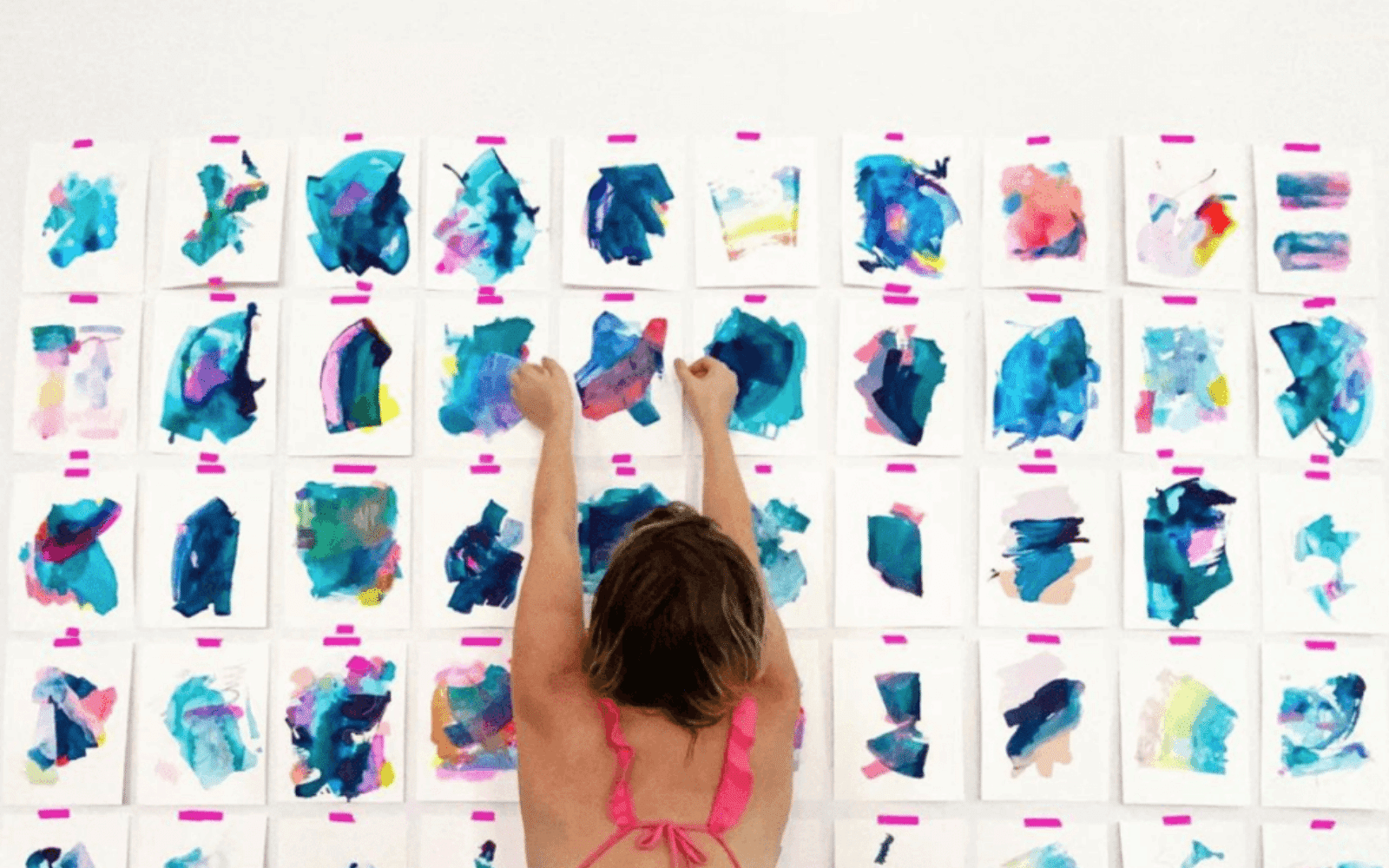

This article is geared mostly towards artists who are maybe curious about attending their first one or wanting to get inspired to apply to another one.
Artists residencies are basically retreats for artists. They aren’t one size fits all. And there’s so many different types.
For example, summer a week, summer, a month summary year in my experience, most like majority of them are probably around one month. Some residencies pay you some charges, you and some don’t have any money exchanged at all, meaning you don’t have to pay for it, but they don’t pay you.
It is typical for the ones that don’t cost anything for you to sometimes donate a work of art to the residency.
After you’re done a lot of times, this is actually really fun because they will then exhibit it in a group exhibition. And you can add that to your CV.
Another big topic with artist residencies, is it bad to pay for an artist residency?
Honestly, I don’t think so, especially if it’s your first one.
So I paid for my first one and typically a lot of our these residencies are funded, which is awesome.
And it’s how it should be, I think, but it also makes it more competitive. So the ones that pay you or are free are going to be a lot more competitive.
And a lot of times there are grants that you can apply to for the ones that maybe cost something, but have options for it to be fully funded. So I highly recommend applying to the free ones and the paid ones and the ones with grants.
But if you see one that’s a good fit and it charges you and you can afford it.
I still think it’s worth applying. So my first artist residency was in Iceland. And it was about 650 euros.
And I got to stay in this beautiful house with a studio and a bicycle for transportation. I had my own bathroom, my own bedroom and a shared kitchen, which in my opinion was completely worth it because it was for a whole month.
If you’re still emerging or beginner, I think it’s totally fine to pay for your first few.
And then as you build on these experiences, the free ones, or even better, the paid ones will start coming for sure.
Preparation before applying before applying.
I would definitely think of a loose plan. Maybe you want to explore desert landscapes in your work, or maybe you want to be coastal. Maybe there’s a city with a certain appeal that you’ve never been, try to make a target place or region when looking for opportunities, because I just think it helps so much with finding the right fit.
So there’s a ton of residencies out there. So rather than casting such a wide net, I think it’s helpful to hone into specifics because this opportunity is a time to reflect and become inspired. So I personally think location is key also, while thinking about that, think about a project or an idea. Maybe you want to explore a body of work that’s been on your mind or a new medium.
Maybe you have a concept in mind and you want to continue on a project you’ve already started. I don’t think it needs to be like a concrete day-by-day plan, but overall, when applying, I think it’s. Good to have a goal that you want to accomplish. Because in my experience, all the residencies that I have done have been super chill and didn’t hold me to that plan.
If you veer off track or you change your mind when you get there. But for applying purposes, I do feel like the jurors choosing the candidates, like to see that you’re going to accomplish something and have a reason and purpose for going.
Everything you need to apply:
This is going to be your images. Usually it’s about eight to 10 or 15 to 20 for your portfolio, depending on the residency application. Um, you’ll need your updated CV resume statement, bio, and of course your plan, your. Basically your intention for being there. So once you have all of this, it’s honestly great to keep it in one folder because you can access it easy and you can streamline, streamline the process for applying to multiple.
How to prepare before leaving for a residency:
So this one’s dependent on how far you’re going. When I do residencies overseas, I use advice. I heard from a well-known artist. She told me this once during a studio visit and it stuck. So I’m going to share it here. She told me that she had a box, maybe it was like 15 inches by 15 inches by like six inches deep.
And she filled it with art supplies and I was shocked cause I was like, how could that be enough? But I use that trick when I went to Iceland. And on my first one and it was absolutely perfect. So I prepared my paper. I got some nice big sheets of printmaking paper, and I tore it down to these small five by seven sheets.
I think I could fit like a stack of like 75 or so in the box. I brought some pencils, some gouache, some ink, a few paint brushes, some collage glue, an Exacto knife, basically just essentials. And I use this as a perfect opportunity to get creative and resourceful. So I made a lot of works on paper. I also wrote and read, I explored rather than making some huge project with giant canvases.
I was intentional with what I had and I actually made some really great work. It made the process of traveling so much easier just to have everything I needed in that box that I could then fit in my suitcase with my clothes. Now if you’re going somewhere, not by flight, but you’re driving. You can bring more, although I’m really into the small box idea.
Um, I recently did a residency in key west where I drove it’s for six hours. I filled up my car with like all of my art supplies and like giant canvases and it was great and I’m really proud of the work I made, but I honestly didn’t use like half of the stuff I brought.
I didn’t really have a plan. So it’s up to you and like where you’re going and what you want to bring. But I definitely think less is more because you can really get creative when you have minimal supplies that you’re not used to having. Um, so other than art supplies, when you’re thinking about packing, Look at that FAQ page on the residency page, they usually will have like, kind of tell you what they have in the house and stuff.
Most residencies are fully equipped.
Like their kitchen is fully equipped, not with food, but with like plates, utensils, coffee machines, if there’s anything you can’t live without, like, let’s just say there’s. Something in the kitchen that you use every morning, you can always reach out and see if they have that chances are they probably do.
Um, they usually have everything you need and more, but it’s always safe to ask like bedding towels, et cetera, all of that. They have a lot of times people also leave things behind. So you’ll see like extra shampoo in the bathrooms or like extra teabags in the kitchen. Don’t bake on it. But if you’re unsure, just ask, but I usually just bring my clothes, art supplies and toiletries.
Having a plan because this is huge:
So, this is the best advice I can probably give for anyone who’s doing their first residency is to make a plan beforehand. This isn’t for the residency coordinators or for social media or anyone other than your benefit.
So I’ve done it both ways. I’ve gone in residencies where I didn’t really have a plan or like I didn’t really stick to any plan or anything. I just went. And then there’s ones where I had a very specific plan. And let me tell you, it makes a world of a difference. Reason being is residencies are a gift.
They truly are like my favorite times of my life. You have this an uninterrupted time, which is ultimately a huge gift to an artist. You have the time and space to do what you love the most and create. So with that being said, when you have a plan or a concept or an idea to work on before you get there, it ultimately gives you so much more time.
The way I see it, as you prepare beforehand, thinking about the project, the deadlines are usually pretty far in advance. And for the most part, they’ll let you know if you’ve been accepted pretty far in advance as well. So you can use this time in between getting accepted and actually going to develop this idea and you can.
Basically get there and hit the ground, running, making the art. I would hate for you to have a month long residency and spend the first three weeks there. Just trying to get acclimated and figure out what you want to make, because trust me, I’ve done it. So the best example of me doing this and being the most proud of it is.
When I went to a residency in Savannah, Georgia. So basically I have projects that are dedicated to research on the ocean. So I’ll usually work with scientists and it takes a lot of time to build those relationships. And a lot of time to learn the work they’re doing, I have to digest and understand all the research they’re doing.
So when I was going to Savannah, Georgia, I decided to contact local artists and change-makers, and basically start doing research on the topic of sea level rise. So I interviewed them and I studied their work. I also mapped out an idea I had in my head and I hired a local woodworker to create the panels that I could then on.
I basically did a ton of work beforehand so that when I was there at that time, I worked in nine to five jobs. So I didn’t have a lot of time to paint. So while I was there, I could paint as much as I could and use the studio and all of its resources to the fullest. So that was just one situation. Every time is different.
Another time I did a residency where I had no plan. But I honestly didn’t want one. I just wanted to read and write and get inspired. So it really depends on what you want, but regardless I recommend mapping that out. So you can use this precious time to the fullest. So we can talk a little bit about pros and cons.
There, honestly, aren’t that many cons, but some pros I want to talk about are, um, obviously, like I said, the time, the freedom and the space, some of the pros for me, one of the biggest is meeting amazing people. So I’ve met some of the most incredible artists and people and the residencies that I’ve done.
And maybe I’m just lucky, but I don’t think that’s it. I kind of think that anyone who abandoned their normal life for a month to just make art is going to be inherently super cool. So I highly recommend just taking advantage of that. There were times where maybe I didn’t want to go to a potluck or go on a hike or an event with strangers, but I pushed myself too because I wind up having the most amazing conversations from people all over the world who came to that exact same spot for the exact same reason that I did.
Give yourself little challenges
Like once I did no makeup or no alcohol, no social media. And during that time, I honestly didn’t miss it or place makeup with like lovely skincare and I replaced wine for herbal tea. I replaced social media with just more journaling. So remember, this is your time.
And life can be so crazy with so much responsibilities. So you deserve to pamper yourself with all the self care and all the love and all the creativity as for cons. There really aren’t that many, in my opinion. I mean, I’m sure if there’s residency, you go to that. Maybe isn’t a great one. I’m I guess I’m lucky because all the ones I’ve done have been really amazing.
The only cons I run into mostly are just on how to pause my daily life. To be able to go to one, you definitely have to save money and put your life on hold your bills. Obviously won’t go on hold and you can’t really work a traditional traditional job while you’re there. So make sure to save. You could also do like Instagram sales or like small sketches on your website that you’re selling to fund your time.
There. Also, if you regularly sell your work, you can make it a point to market the work that you’re making while you’re there and have like a gallery show lined up after it definitely makes it fully funded when you can sell the work that you’ve made there and cover the costs and also make a profit.
Now if you’re a parent or a spouse, I know this can be a lot trickier. Um, it’s a huge time commitment to just get up and go and, you know, leave your family for a chunk of time. But I think it’s so worth it. I know there are probably like horror stories out there, bad residencies, but I’ve been lucky. And for the most part, all of my friends who have done one have also had the same experience.







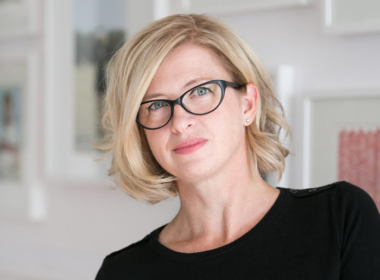
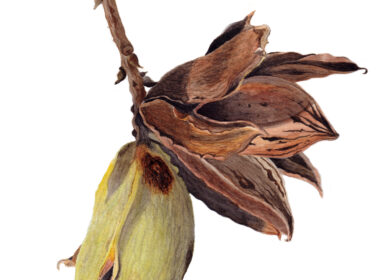
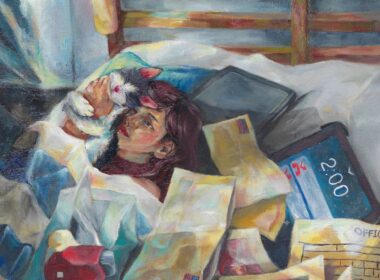

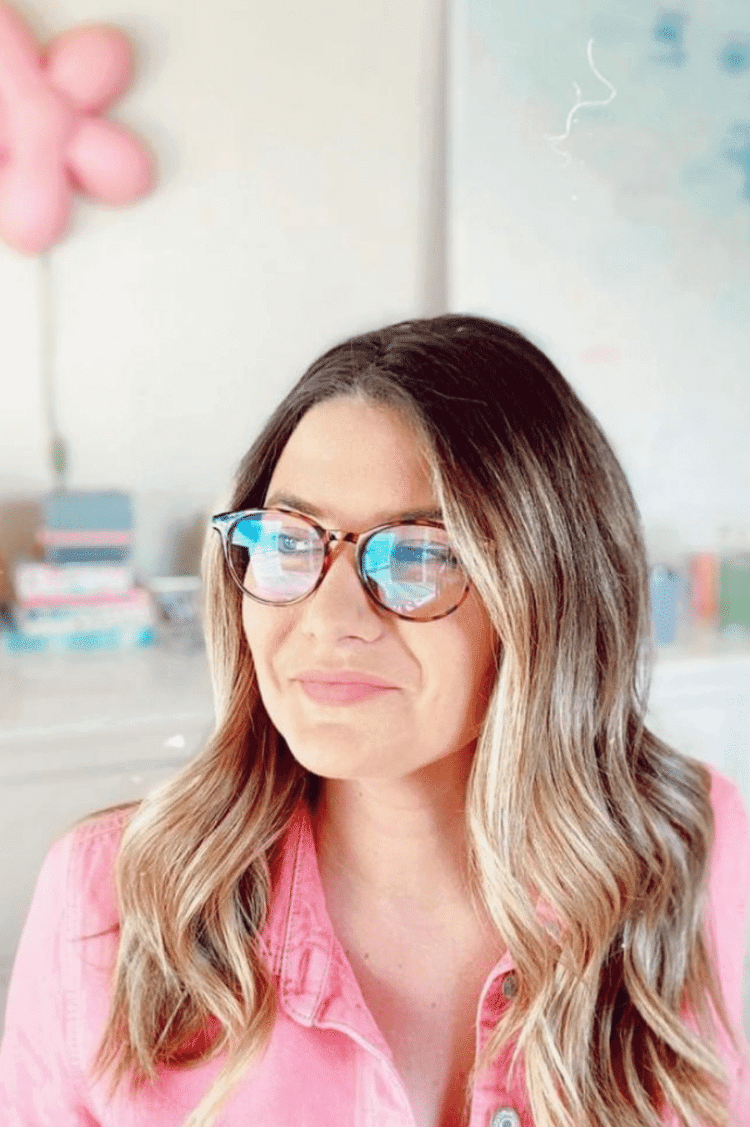
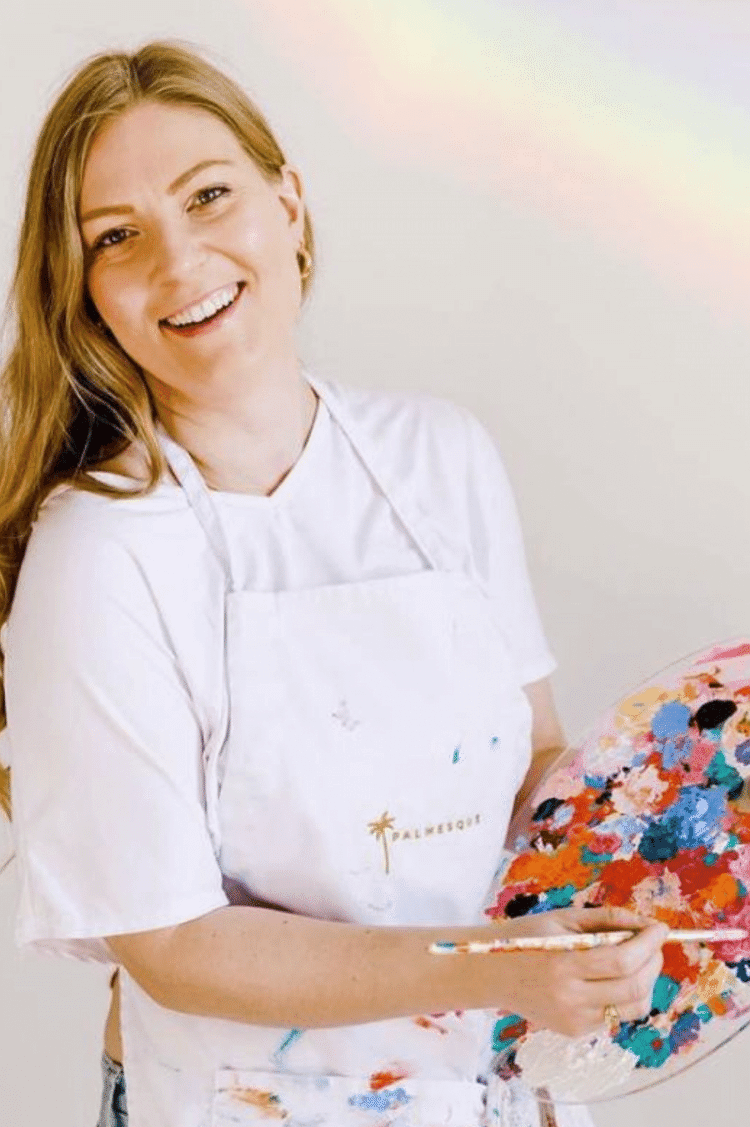


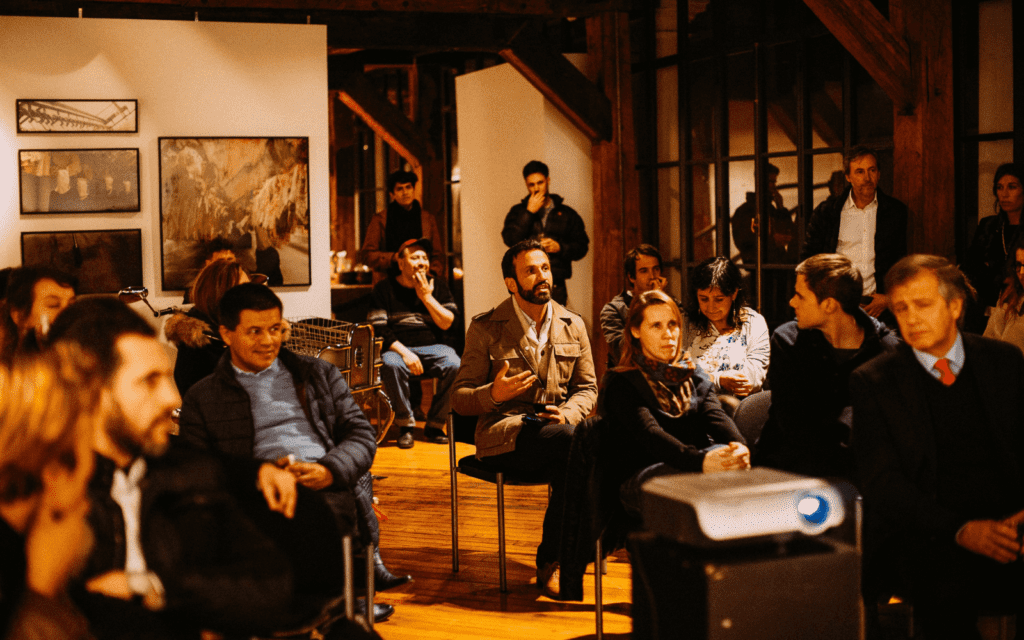

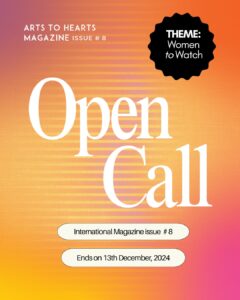
Comments 2